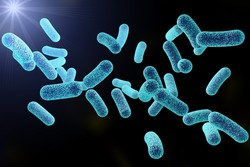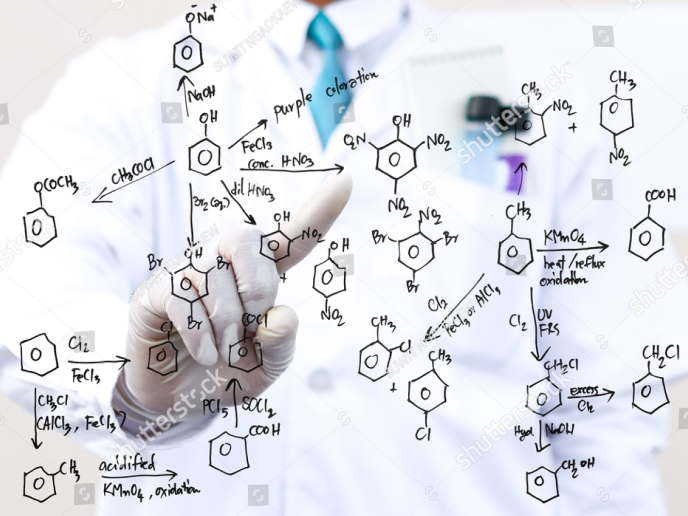Towards artificial biodiversity
Remarkably, the complexity of living organisms does not par with their chemical composition, which is relatively simple. Elucidation of the mechanisms of DNA biogenesis has prompted scientists to envisage the engineering of living systems. Indeed, genetic engineering is a remarkable tool that allows modern biology to produce virtually every imaginable medically or industrially interesting substance. Partners of the EU-funded METACODE(opens in new window) (Code-engineered new-to-nature microbial cell factories for novel and safety enhanced bio-production) project set out to exploit genetic engineering of microbes and produce peptide-based antimicrobial products. Towards this goal, they recruited novel bio-orthogonal chemistry with parallel genetic code engineering in microbial strains. The ultimate goal was to generate molecules that could be adapted for various fermentative production processes. Researchers also used biotin-streptavidin technology to create an artificial metalloenzyme metathase that catalysed olefin metathesis, an archetypal organometallic reaction absent from the natural enzyme’s repertoire. The evolved metathase has an abiotic cofactor within a protein scaffold (i.e. a ruthenium–protein complex) that can catalyse olefin metathesis with different substrates in the periplasm of Escherichia coli. In addition, they produced an engineered tRNA synthetase capable of activating a metathesis-competent amino acid that could be incorporated into recombinant proteins. Coupled with re-designing the existing metabolic capabilities of Escherichia coli, scientists succeeded in teaching microbial cells to synthesise these new building blocks on their own. They achieved this by re-assigning certain codons of the genetic code to produce artificial amino acids. The METACODE-engineered bacterial clones represent synthetic factories that could perform enzyme-catalysed metathesis reactions absent from living organisms. As a result, they could serve as platforms for the production of novel protein-based antimicrobial products. The project demonstrated that evolution of synthetic cells is feasible and that they can be used as biocontained systems, see Inside Cover: Chemical Evolution of a Bacterial Proteome(opens in new window). They also demonstrated that a ruthenium-protein complex that can catalyse olefin metathesis – an archetypal organometallic reaction with no equivalent in nature, but works in the lab. This was made possible as the project developed a unique screening system within the metacode. For details, see Directed evolution of artificial metalloenzymes for in vivo metathesis(opens in new window).







